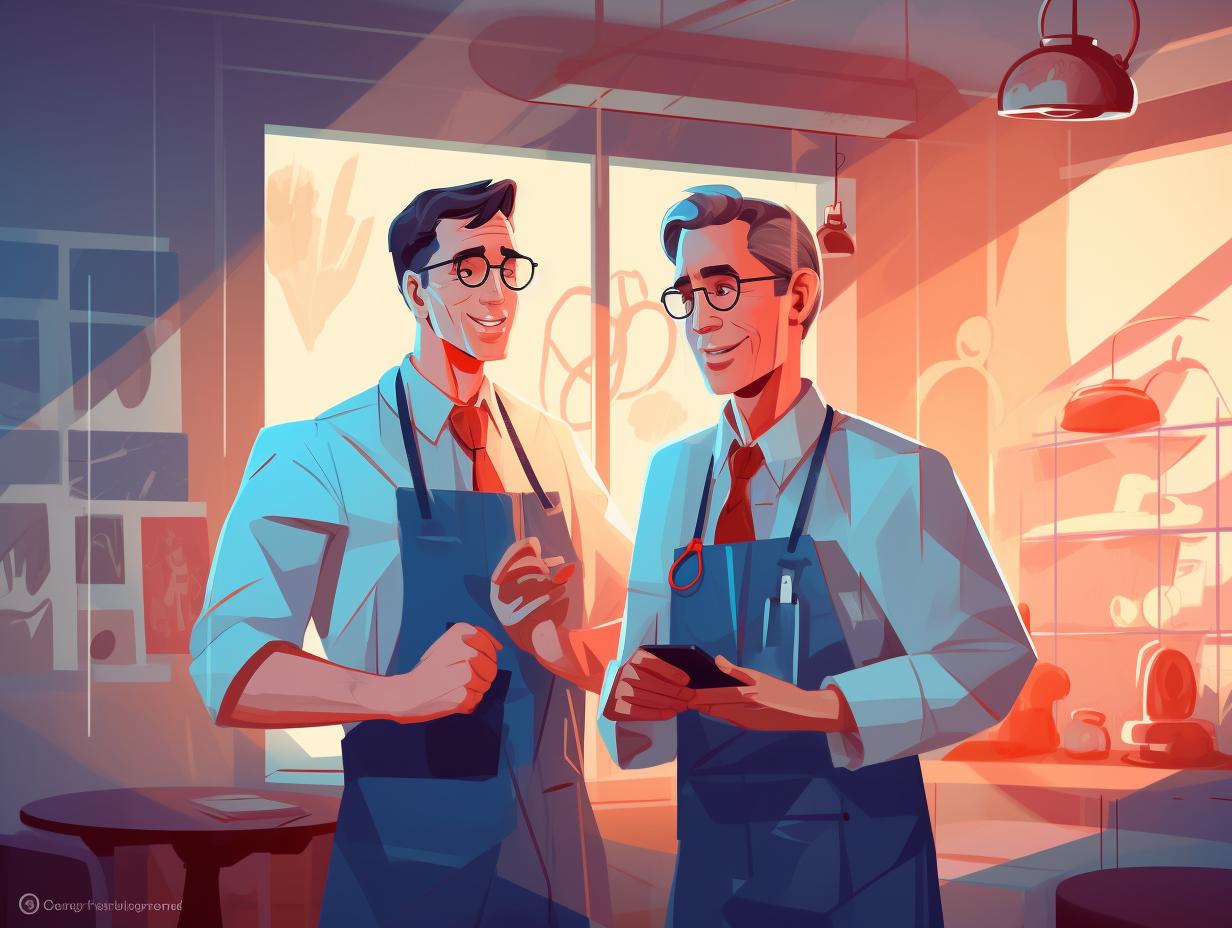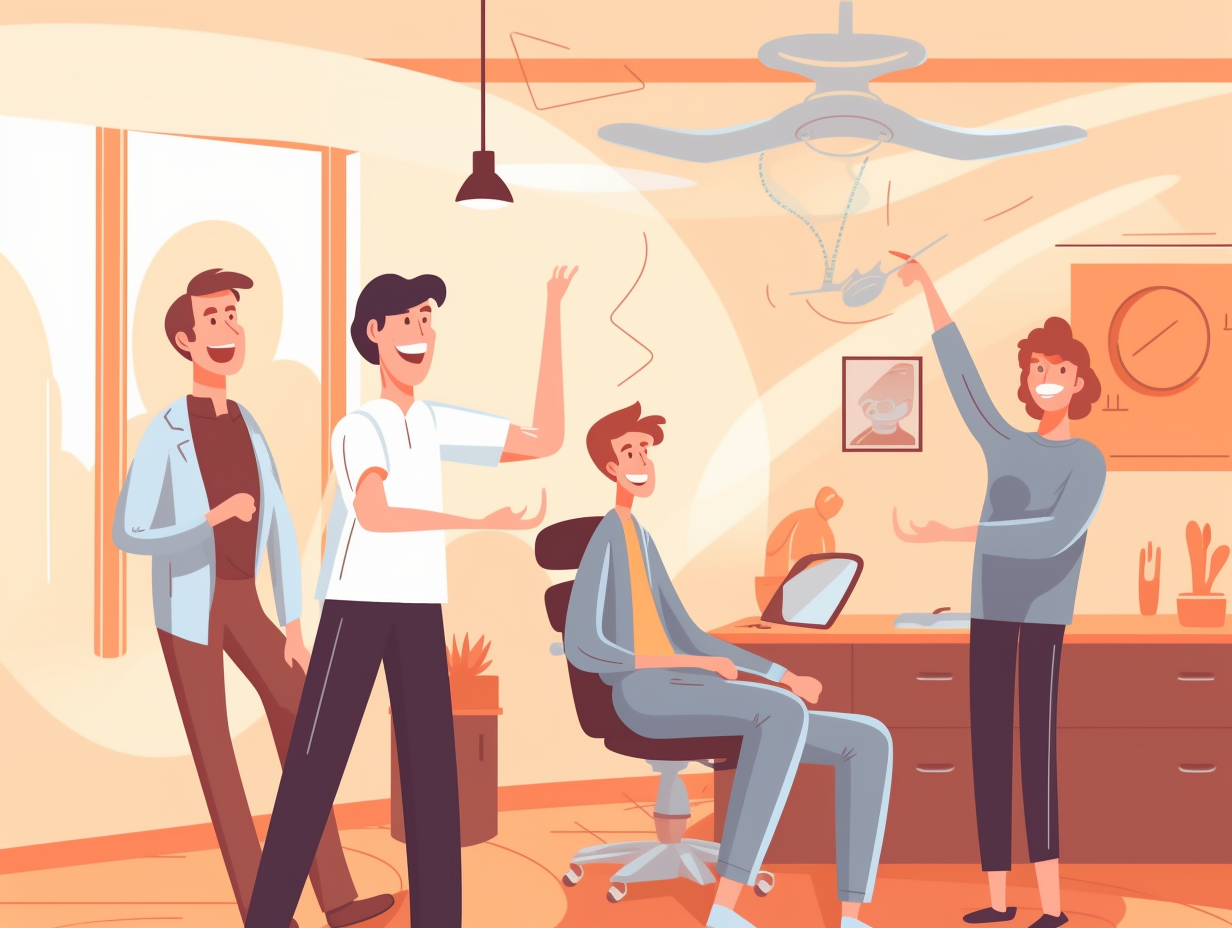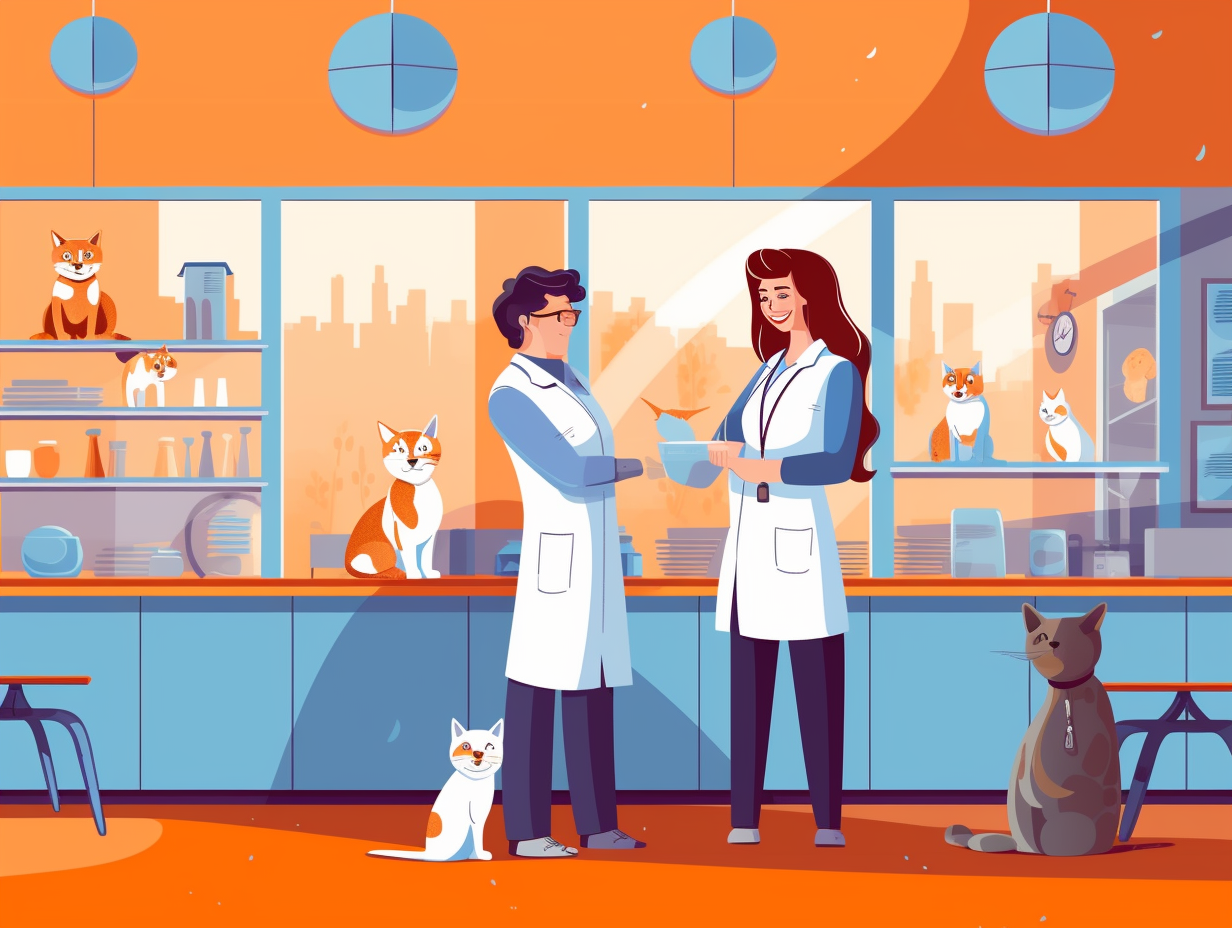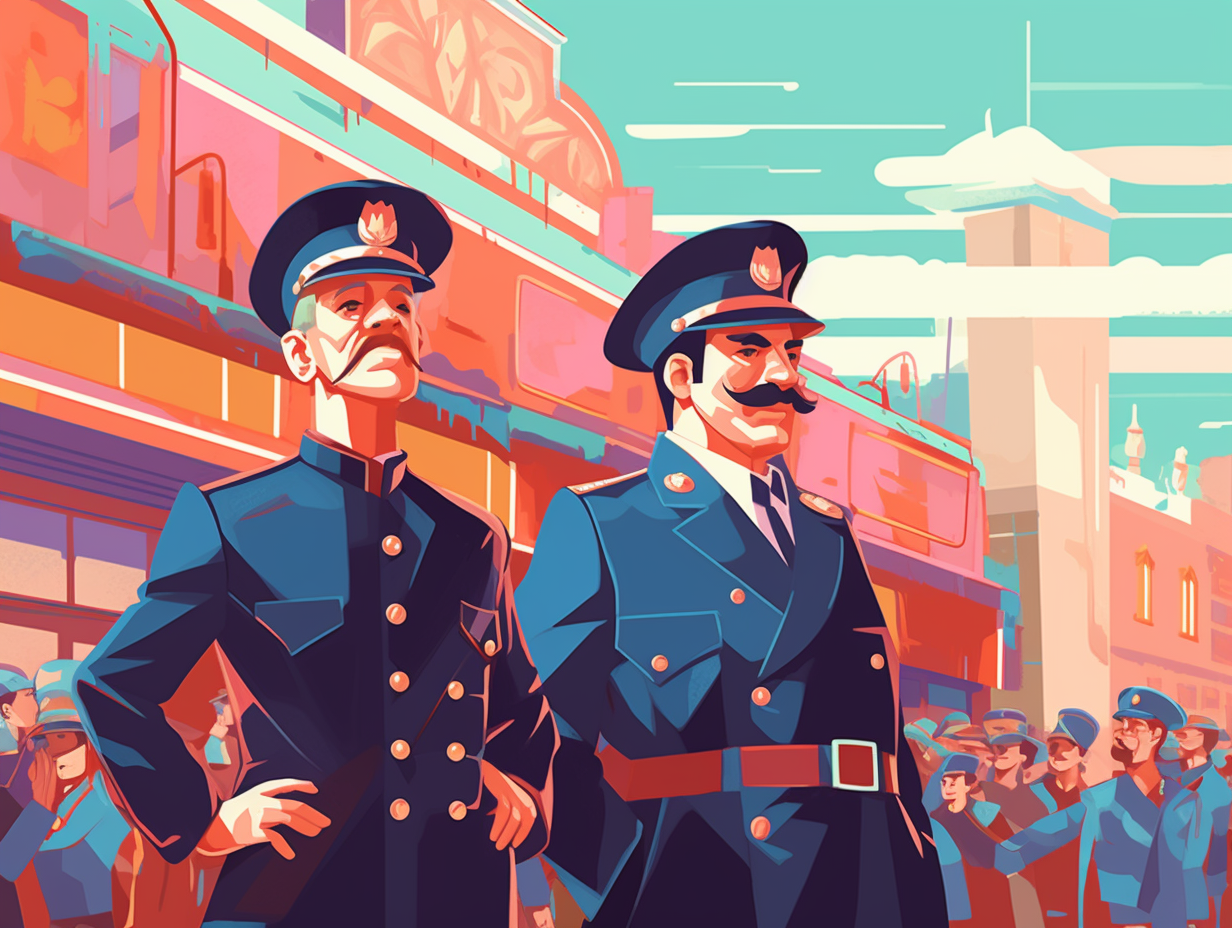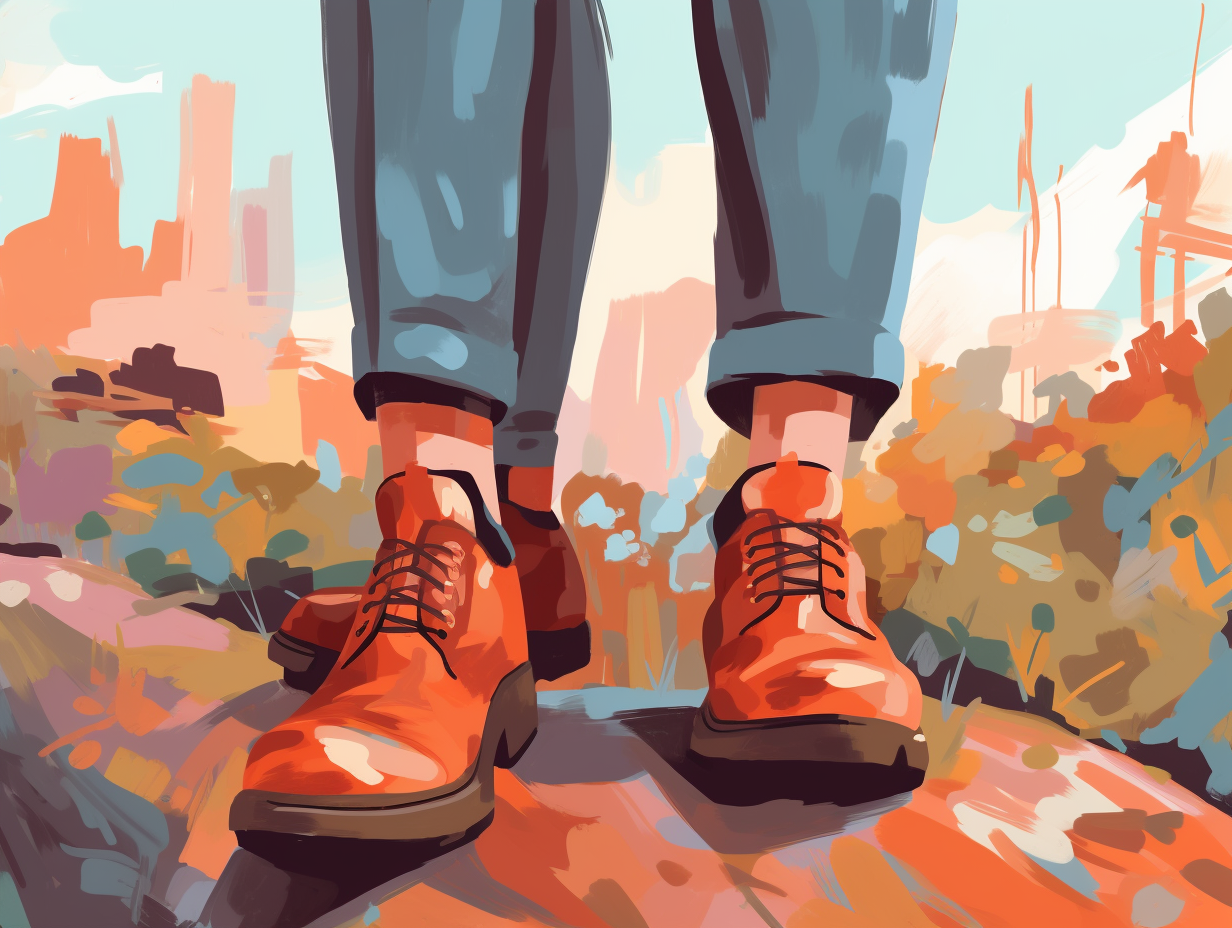Top 7 Unexpected and Entertaining Facts About Orthopedic Surgeons You Need to Know

1. The Real Iron Man
Move over Iron Man, there's a new superhero in town: orthopedic surgeons! Armed with an arsenal of titanium and stainless steel gadgets like plates, screws, nails, and wires, these bone-building maestros swoop in to mend broken bodies and help them heal faster: They strategically select the right implants based on the fracture's type and location, shortening hospital stays and speeding up the return to function, while reducing the risk of improperly fused bones. And much like our favorite metal-suited hero, these medical marvels ensure that their metallic masterpieces are body-friendly, rarely causing allergic reactions.
Source => orthoinfo.aaos.org
2. Musculoskeletal Whisperers
Orthopedic surgeons: the musculoskeletal whisperers who speak in crackles, snaps, and pops! Harnessing the power of scalpels and therapies alike, these joint gurus bring relief and restore function without always resorting to the surgical playbook. No challenge is too "joint"-imidating for their expertise in both surgical and non-surgical treatments, ensuring you receive top-notch care for your creaky, crunchy bones.
Source => mountsinai.org
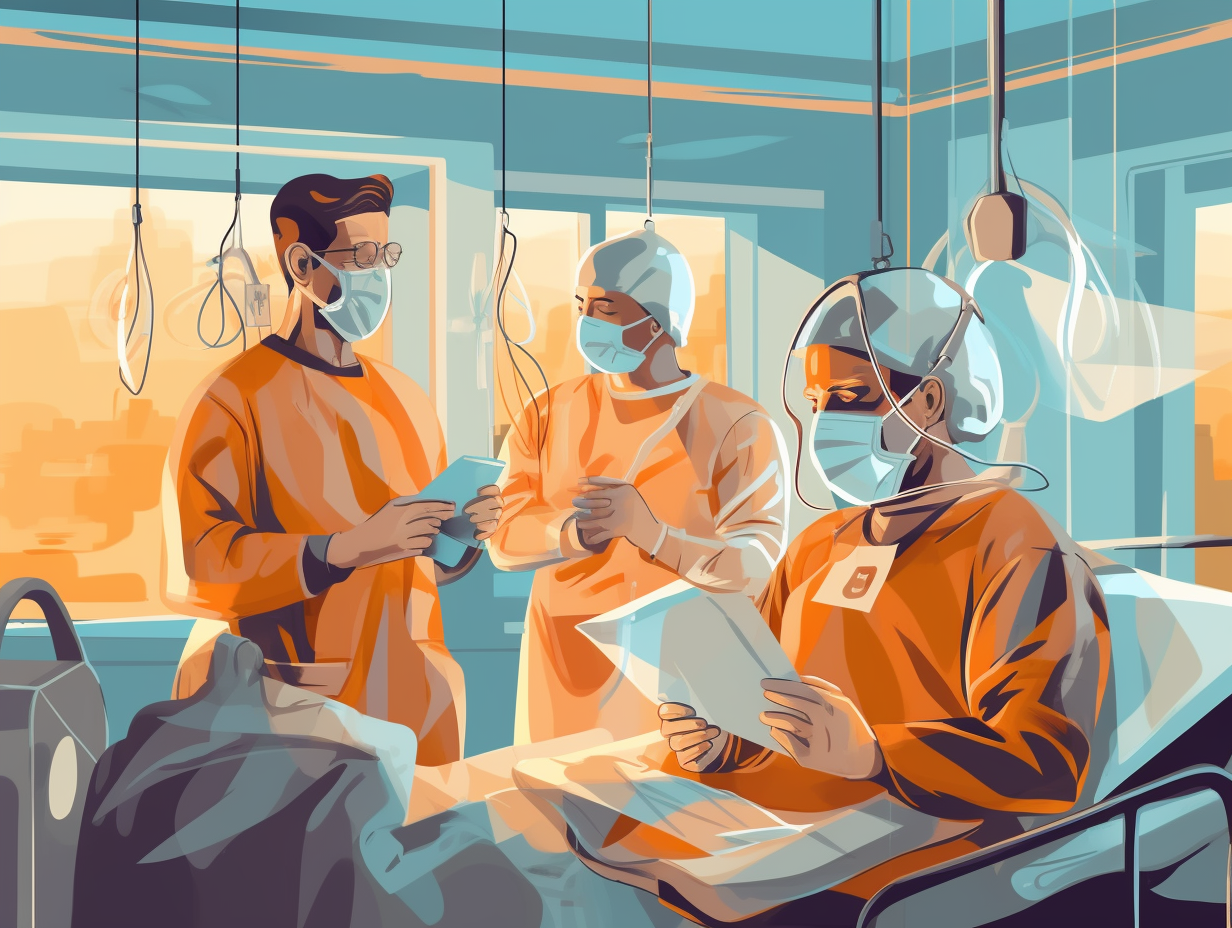
Did you know anesthesiologists are like superhero doctors with 12-14 years of education and up to 16,000 hours of clinical training? They put you under in seconds and fight against chronic pain villains! 🩺💫
=> Fun Facts about Anesthesiologists
3. Creaky Hinge Heroes
Knee'd a little joint therapy? Orthopedic surgeons are like superheroes for creaky hinges, swooping in to save the day by preserving and repairing joints before they crumble like an Oreo cookie: Joint preservation surgery is their secret weapon, focusing on fixing anatomical abnormalities, reinstating normal joint motion, and sustaining cartilage and bone health in knee, shoulder, or hip joints, ultimately delaying the onset of degenerative conditions like osteoarthritis and keeping patients pain-free in their daily activities.
Source => michaelalaiamd.com
4. Master Puppeteers
Orthopedic surgeons: the master puppeteers of the human body, pulling strings made of sinew and bone to bring harmony back to our mortal coil. Ballet dancers may be graceful, but these medical magicians keep us all on our toes: These professionals possess impressive expertise in diagnosing and treating conditions linked to the musculoskeletal system, crafting individualized treatment plans for patients while juggling bones, joints, ligaments, muscles, and tendons.
Source => jeremyburnhammd.com
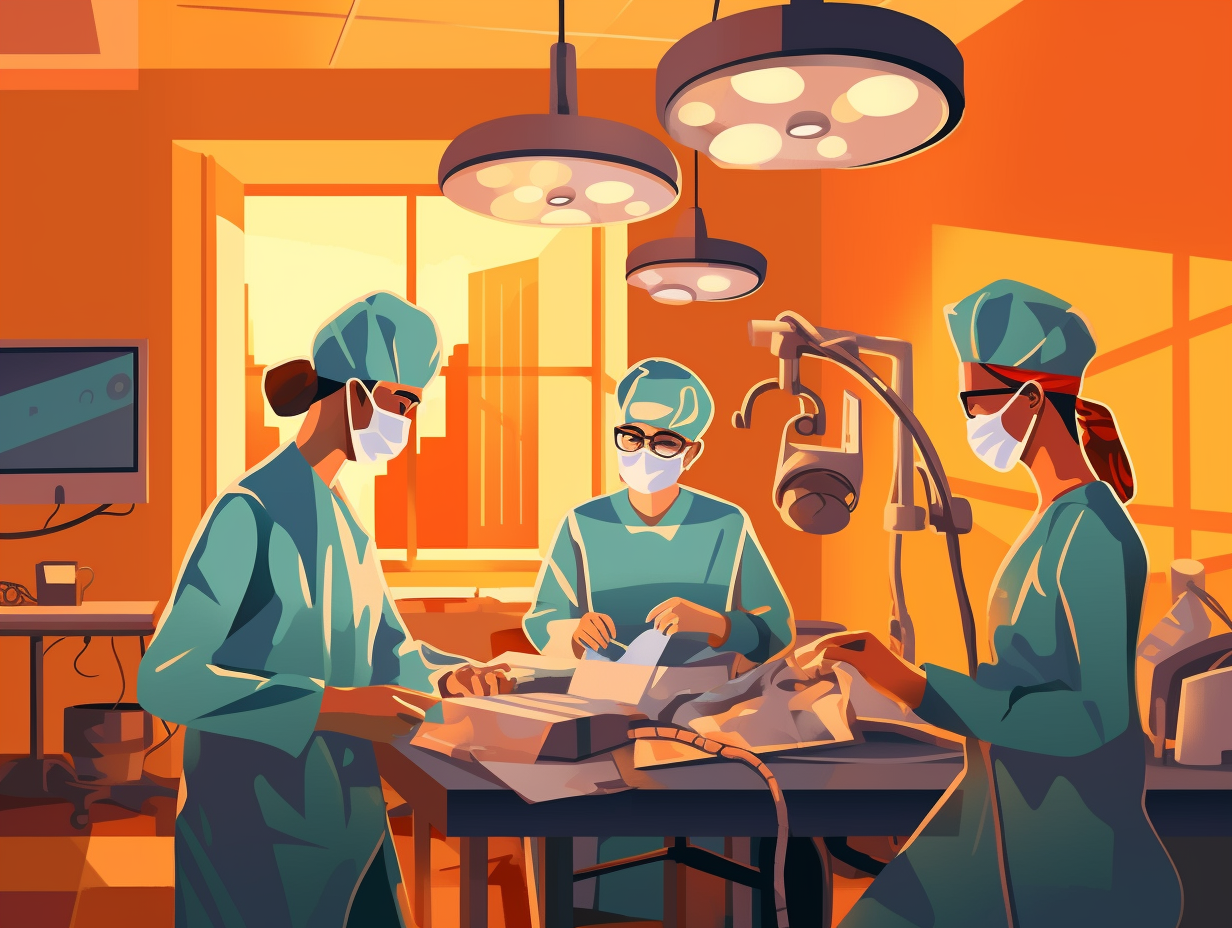
5. Fairy Godmothers of Bones
In a twist of Greek tragedy, orthopedic surgeons were initially the fairy godmothers of crooked kids: you see, the word "orthopedic" is derived from the Greek "orthos," meaning "straight, correct," and "paideia," meaning "rearing of children", and originally referred to treating skeletal deformities like bow legs or knock-knees in young ones. Nowadays, these bone-bending wizards fix not just those childhood conundrums, but a whole host of musculoskeletal issues, while orthopedic shoes continue the legacy, straightening out twisted toes and supporting sagging soles!
Source => vocabulary.com
6. Bazaar of Bone Healing
When orthopedic surgeons aren't busy moonlighting as sports enthusiasts, dancers, and joint connoisseurs, they enjoy flexing their skills with a scalpel and a smile at a bustling bazaar of bone healing: NYU Langone's Sports Medicine Center, where over 4,000 procedures are performed each year, treating athletes and eager New Yorkers alike, recovering from major joint injuries and musculoskeletal conditions in the shoulder, knee, elbow, hip, and ankle.
Source => nyulangone.org
7. Bone Health Crusaders
With great bones comes great responsibility, and orthopedic surgeons have turned this superheroic mantra into a healthy mission for youngsters everywhere: By promoting exercise and nutrition, they help prevent serious childhood orthopaedic conditions and complications arising from surgeries, keeping those tiny caped crusaders in top (bone) shape.
Source => orthoinfo.aaos.org
Related Fun Facts

